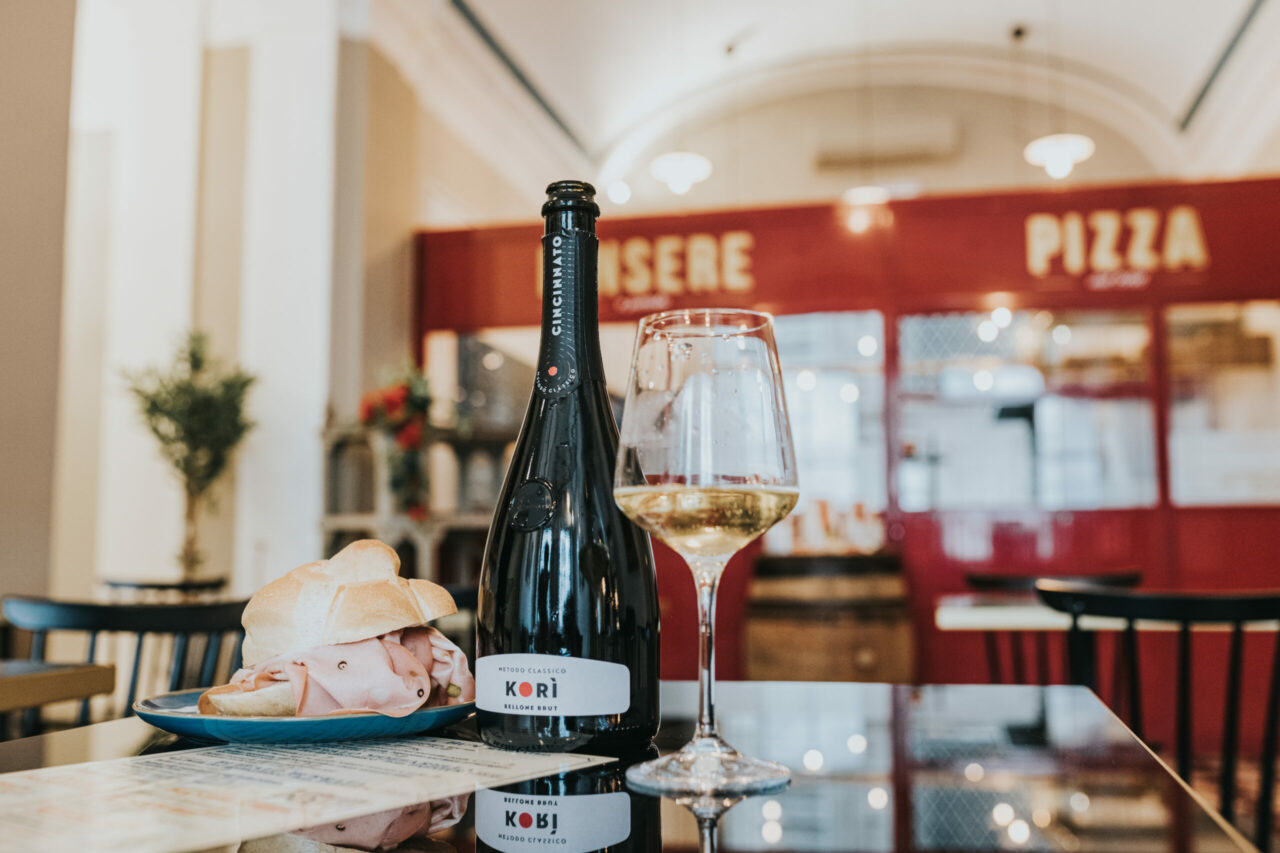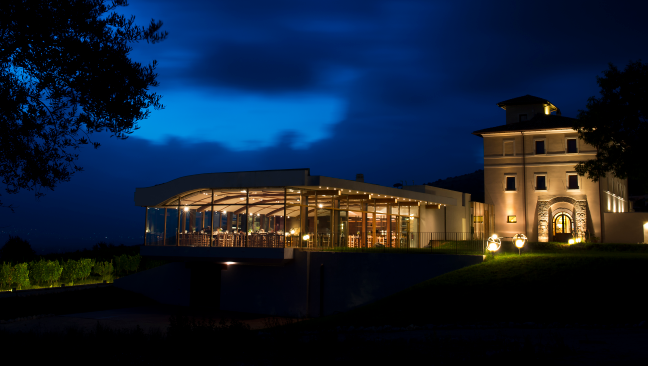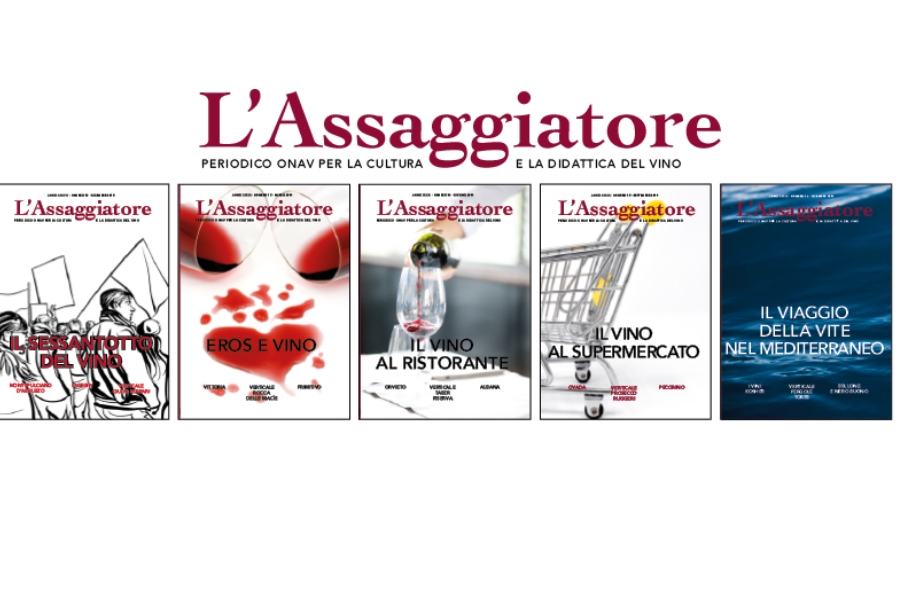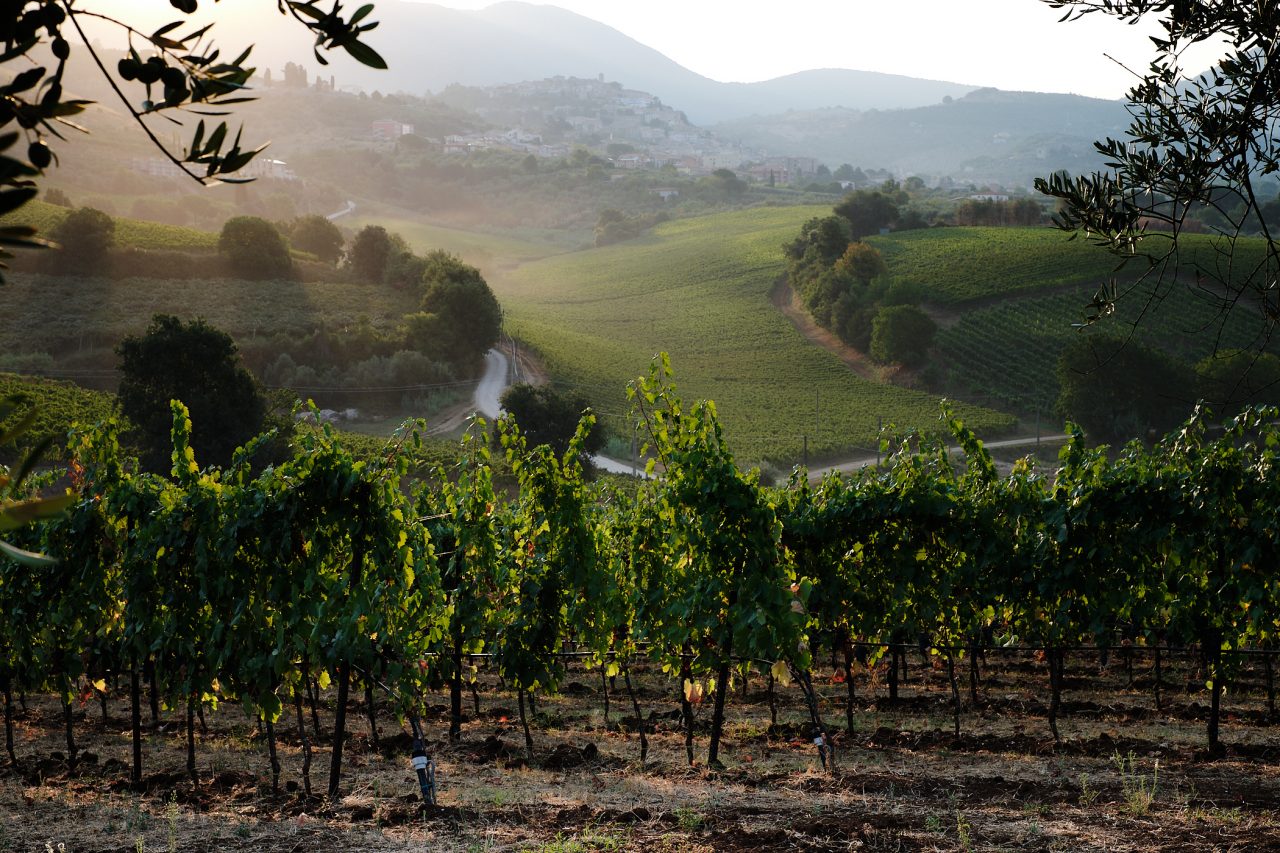An incredible journey that connects Layne Randolph to Italy, if “the outward journey” saw fashion as the protagonist, “the return” is all focused on wine. After several years of studying and working in Torino and Roma, with prestigious assignments for fashion houses such as Fendi, Layne decided to return to the USA to pursue other career paths, choosing a landscape that was similar to the Italian hills. And so, here is Sonoma, and the beginning of an adventure in the world of wine that she herself explains to us in the first answer to our questions. We met her for an in-depth look at the wines of Lazio, and we are really happy to have had this opportunity – writing of such a high level is what every territory desires to make itself known!

Layne, your website is called “Roma to Sonoma,” so your relationship with our country is very close. Why did you name it Roma to Sonoma? How did you get started writing about wine? How much do you know about the wines of Lazio, Roma, and its surroundings? Have you discovered exciting things on your travels?
Italy holds a special place in my heart. I lived in Italy for many years, studying Intellectual Property Law at Universita di Torino and later working in Rome as a lawyer in Fendi’s legal department. When I moved to Sonoma County, California, I began a new career–writing—and Roma to Sonoma was the perfect name for my website and business. Sonoma County is on the west side of the Mayacamas Mountain Range (Napa Valley is on the east side) and bordered on the west by the Pacific Coast. With the proximity to the “sea” and because it is filled with rolling hills and vineyards, Sonoma reminds me of Italy, and that’s why I decided to live here.
Diving into the wine world came naturally after moving to Sonoma and turning my attention to writing. My first position was as the Copywriter for The Spire Collection, the collector division of Jackson Family Wines. Their portfolio includes wines from their estates and vineyards worldwide: Tuscany, Bordeaux, Western Cape of South Africa, McLaren Vale, Australia, Napa Valley, and Sonoma County. I learned about wine regions, varieties, and history—it was like getting a master’s degree in wine writing. I wrote a quarterly educational piece on wine topics and eventually received a Level Two WSET accreditation.
The wine industry focus expanded from there. Roma to Sonoma clients include a boutique public relations agency representing wine brands and regional wine associations in California, Washington, Spain, New Zealand, New York, and Portugal, and I regularly contribute to publications like Wine Enthusiast, AFAR, and Napa Valley Life Magazine and was recently awarded a fellowship with the Wine Writers’ Symposium.
Last summer, I was visiting a dear friend and wine aficionado in Rome, and she introduced me to a few local producers—Cincinnato among them—and I was impressed. Now that I’ve been in the wine industry for a while, I can appreciate the wine, and the lesser-known Bellone, Nero Buono, and Cesanese piqued my interest to learn more, and that led to my Wine Enthusiast story, “In the Shadow of Rome, Three Ancient Grape Varieties Stage a Comeback.”
In your opinion, how important is the link of Lazio wines with the history and culture of Rome and its monuments, starting with the Colosseum (near which we created our vineyard of Bellone)?
Lazio wines are less well-known outside of Italy than those from other Italian wine regions. Still, the story of Lazio wines combined with the history and culture of Rome is compelling. Stories are a powerful vehicle for conjuring emotion around wine.
Roman history is iconic, and the revival of indigenous Roman grapes naturally leads to thoughts of ancient Rome. The ParCo project is the perfect symbol of this tie and is poetic in its simplicity and profundity. Using Bellone vines (with Bellone’s connection to Pliny the Elder) and teaming with Cincinnato (named for the Roman Senator, Cincinnatus) drives the point home: Lazio was and is the seat of the Roman Empire. The wine made with these native grapes is history in a glass. Talk about a sense of place!
That said, the wine is the selling point. If the quality weren’t there, no amount of historical referencing would matter. However, with indigenous grapes suggesting ancient Rome, the appeal of a lesser-known region coming into its own, and the exciting wine being produced right now, Lazio has a captivating—and very marketable—story.

However, we also talk about California with a little game; which Italian wine/grape would you like to see produced in Sonoma? Do you think there are chances of success for native Italian grapes outside Italy?
While the most-commonly produced wines in Sonoma County are Chardonnay, Pinot Noir, Cabernet Sauvignon, Sauvignon Blanc, Zinfandel, and Merlot, there are many other types made here, including some Italian varieties. Sangiovese and Pinot Grigio are the most common and are usually offered in a broader portfolio of international varieties. Italian immigrants planted Sangiovese in California as early as the late 1800s, and there has always been an Italian connection with Napa and Sonoma; many wineries or winemakers are of Italian descent.
In my town of Healdsburg, we have three tasting rooms focused on locally grown Italian varieties. Portalupi Wine produces Vermentino, Sangiovese, Barbera, Nebbiolo, and Primitivo. Idlewild Wines specializes in Piemonte varieties: Nebbiolo, Erbaluce, Favorita, Freisa, Cortese, and Dolcetto.
Aeris Wines is the most recent addition; they recently opened a tasting room offering Sicilian varieties not readily found outside of Italy: Carricante, Nerello Mascalese, and Nerello Cappuccio.
Frankly, Italian varieties and brands can be a hard sell to tourists who come to California wine country to taste California wine. Still, wine connoisseurs and wine lovers are always looking for unique wines that only the educated or traveled few know about—so I say, yes, there is room for Lazio wine, especially those connected to Roman emperors.





